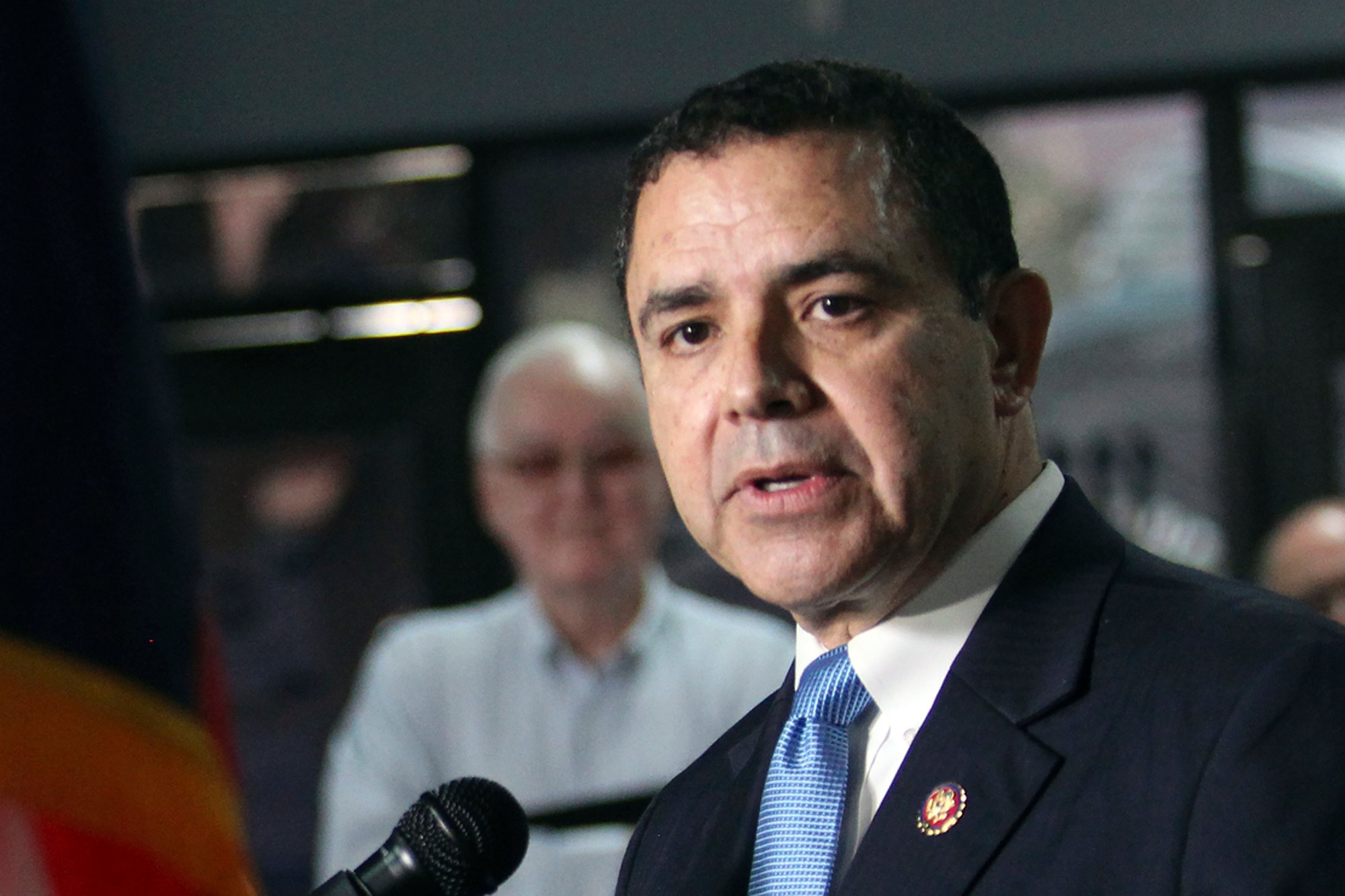ustxtxb_obs_1963_08_23_50_00009-00000_000.pdf
Page 6
Four More Texas Parks Debated Friday of this week, Aug. 23, the deed conveying state-owned lands in the Padre Island national seashore area was to be signed at ceremonies in Austin. Thus came to a more or less formal conclusion the four-and-a-half-year crusade of Sen. Ralph Yarborough, and many others, to dedicate the long Gulf sand barrier to the public enjoyment. But political struggles are in full tide now to decide whether Texas will or will not have four new public park areas: The 25,000-acre park and woodlands near the Addicks and Barker flood control reservoirs north of Houston, in Harris County; A 142-acre tract surrounding the tenacre homesite and burial plot of Lorenzo de Zavala, the Mexican-born liberal who became the first vice president of the Texas Republic ; The proposed Alibates Flint Quarries and Panhandle Pueblo Culture National Monument, overlooking the CanadianRiver near Amarillo; And the proposed Guadalupe Peak National Park in Culberson County, far West Texas. The Addicks Park The federal government bought the acreage in association with the two reservoirs for use for flood control purposes, but the need to use the land for these purposes has dissipated, and the government is now prepared to give it to Harris County if the county will meet federal park standards. Cty. Judge Bill Elliott has said that the county’s plans will be in accord with the government’s standards; that the first development will begin about next month; and that the park should be open for at least limited use in two years. Elliott said the initial development will provide an approved water supply, several cleared areas, and cooking grills and picnic tables. For later on, horseback riding, sports areas, a lake, and maybe a nature museum are being considered. As grazing rights have been expiring, the government has been acquiring clear title to small tracts within the 25,000-acre property, and it is on one of these, a 1,300acre tract, that the first development is to occur. And none too soon for an editorial writer on the Houston Post, who has been accusing county officials of dilly-dallying with the recreational needs of the area’s huge population. De Zavala Park A University of Texas parks and recreation expert told commissioners court in Houston that within two years after it was opened, the Addicks park would attract at least 6,000,000 persons a year. With such pressures on the countryside bursting forth from the Houston metropolis, Cong. Albert Thomas of Houston startled many of his constituents, including some of his conservative ones, when he opposed House approval of the new 142-acre de Zavala park. De Zavala was one of those Mexican leaders to whom Santa Anna’s increasingly dictatorial ways were repugnant. De Zavala served in the Mexican Senate and was governor of the state of Mexico and then minister of the treasury. In 1833 Santa Anna appointed him Mexico’s minister to France; but upon becoming convinced that Santa Anna did not intend to observe his country’s liberal constitution of 1824, de Zavala, in 1835, went from France to Texas, bought a home on Buffalo Bayou across from the place where the Battle of San Jacinto was to be fought, and became active in the Texas Revolution, first on behalf of Mexican federalism, and later for Texas independence, the declaration of which he signed. In 1836, he was elected Texas vice president; after the Battle of San Jacinto, his home was used as a hospital for wounded Texans, and, later, for wounded Mexicans. Yarborough has twice obtained Senate passage of a bill to authorize the federal government, which owns the land around the present state-owned ten-acre de Zavala cemetery and home site, to convey 142 acres therearound to Harris County or the state for half its market value for use as park area. The first Senate enactment came too late for House action that year. After Senate passage this summer, Cong. Thomas flatly opposed the park. If he holds to this stand, the park is not going to be established as long as he is congressman. Thomas led, politically, a determined campaign of industrial interests in Harris County to get the Army to abandon its San Jacinto ordnance depot and sell the land for industrial uses. \(The General Services Administration has offered the land for sale on competitive bids several times, but has not received bids it has regarded as satisfactory for any but small tract area lies within the old depot tract, but is reserved from sale pending congressional disposition of the Yarborough proposal. The Interior Department recommended the park’s establishment, saying, “The area is well suited for development as a public park. It has a pleasing contour and an abundance of trees, grasses, and other natural vegetation.” Thomas, however, says it’s “no place for a park. . . . Nobody ever dreamed of it as a park before the government started to sell it. It has one specific purposeindustrial use.” The state should take better care of the San Jacinto park it already has across the ship channel, he said; he could think of many areas in east Harris County that would make better parks. Yarborough, applauding ThomaS as a “great and powerful congressman,” resolved to try to talk him into supporting the park; but Yarborough asserts that the bill will not pass the House without the home congressman’s support and that he, Yarborough, wouldn’t think of asking that it be passed tinder such circumstances. His last word is that he hopes it will “pass the House.” Whether Thomas has said his last word, only he knows. He has come under pressure from spokesmen for the Sons of the Republic of Texas, the Daughters of the Republic, the Harris County historical survey committee, and the League of United Latin American Citizens, to reverse his position. Alibates Flint Just as serious are the difficulties confronting the proposal for a national monurqent on the Alibates Ranch near Amarillo. Tho Interior Department has nixed the proposal, but in this case, Yarborough has vowed an all-out fight, for years if necessary. The prime mover of the project, before Yarborough took it up at his instance, was Houston Post writer Hubert Mewhinney. In a story carried by 30 papers and in his column, Mewhinney has described the area in contention as “the only industrial site in the world that has been in virtually continuous use for 12,000 years.” The well authenticated archaeological evidence, as set forth by Mewhinney, indicates that Indians who hunted mammoths 12,000 years ago made their Clovis dartpoints from huge outcrops of the varicolored Alibates flint along bluffs overlooking the Canadian River north of Ama August 23, 1963 9


